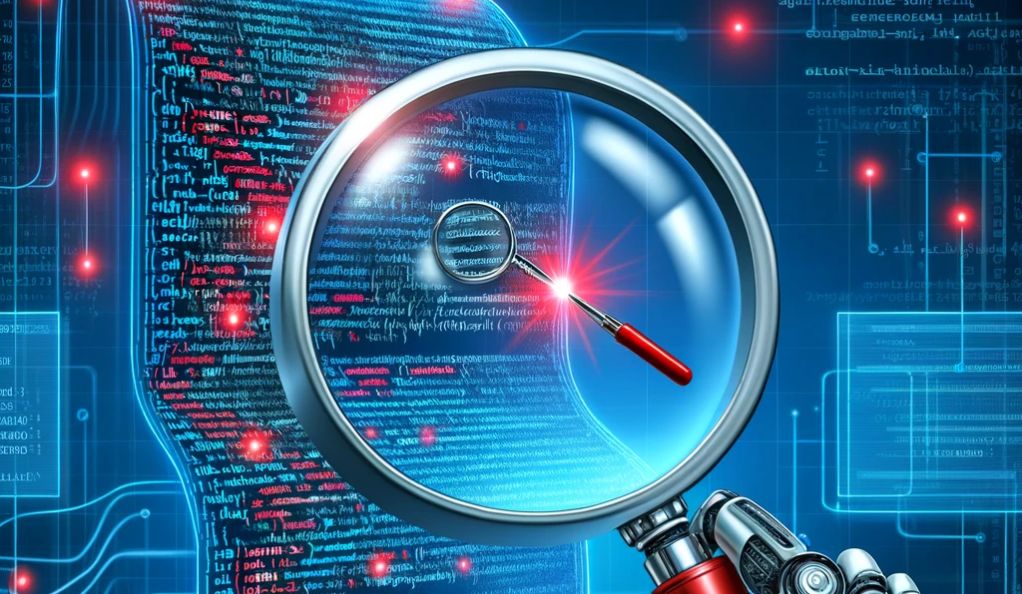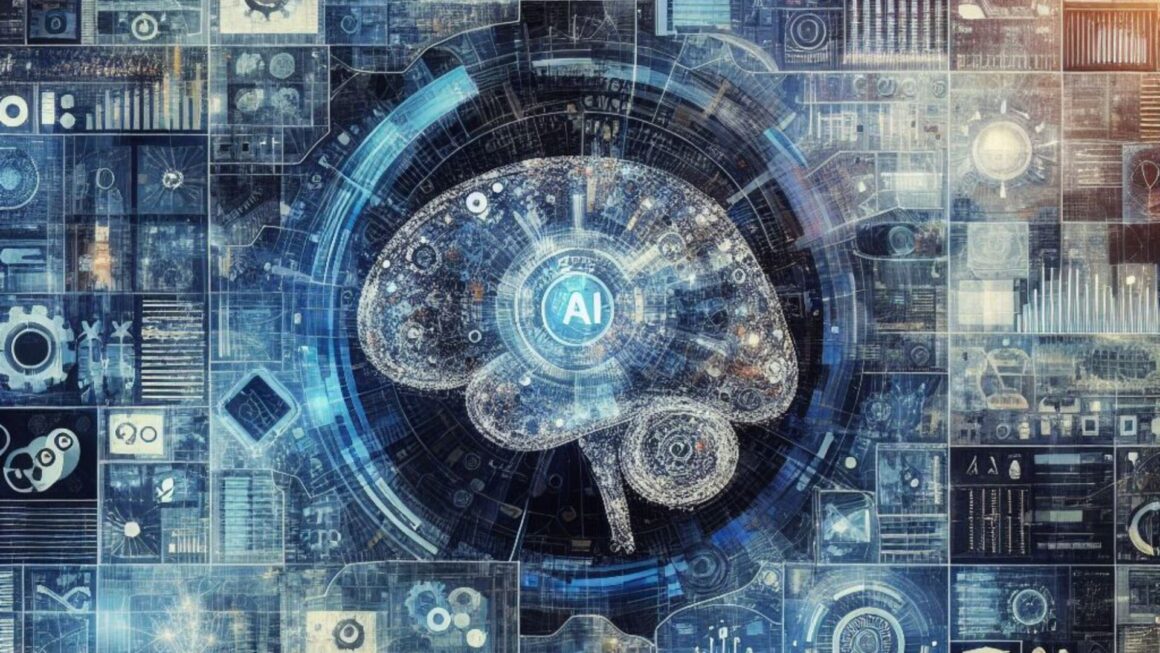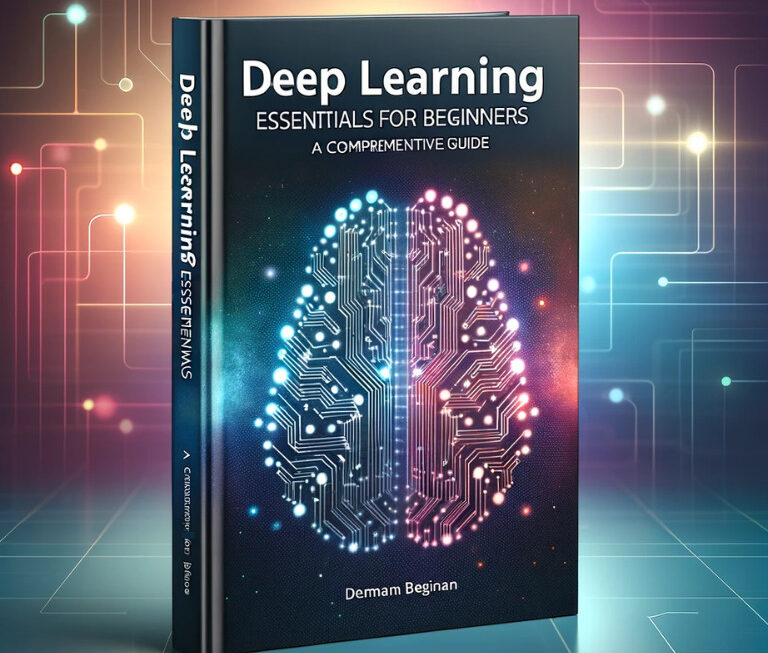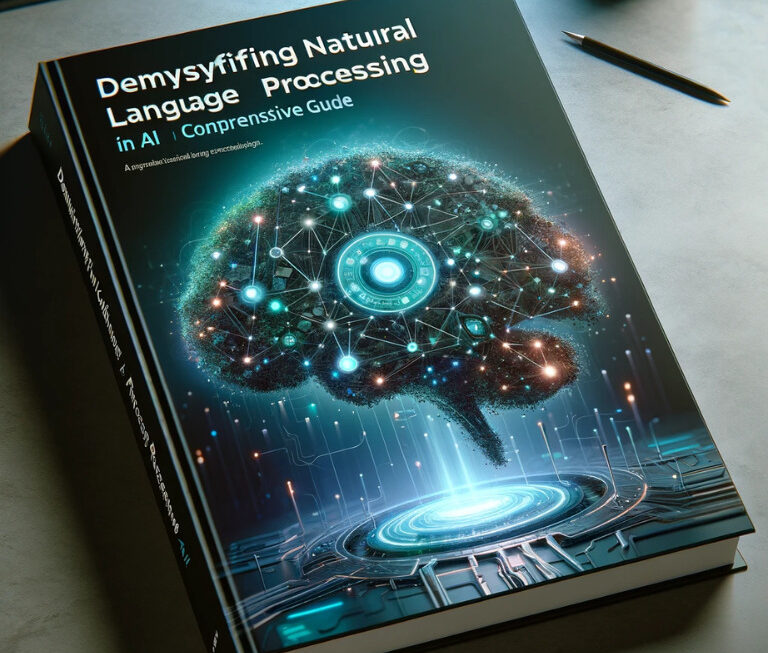In the intricate ballet of software development, anti-patterns represent the missteps — the common yet ineffective solutions to recurring design and programming problems. Unlike patterns, which are best practices that developers follow to create maintainable, scalable, and efficient software, anti-patterns are pitfalls that may seem to provide a quick fix but ultimately lead to additional problems, technical debt, and maintenance nightmares.
What Are Anti-Patterns?
An anti-pattern can be thought of as a “bad habit” in coding. These are specific, frequently occurring solutions that, while intended to solve a problem, end up being counterproductive. Some well-known examples include:
- God Class: A class that has taken on too many responsibilities and has grown out of control, often seen holding the data and methods that should be distributed across other classes.
- Spaghetti Code: Code with a complex and tangled control structure, typically resulting from multiple modifications over time with little thought to design or architecture.
- Feature Envy: A situation where one object gets overly “interested” in the methods or properties of another object, leading to excessive interdependencies.
Impact of Anti-Patterns
The presence of anti-patterns in a codebase can have a detrimental impact on software quality. They can make the code difficult to understand, challenging to modify, and more prone to errors. This not only affects the maintainability of the software but also increases the time and cost associated with its development and future enhancements.
In recognizing the significance of anti-patterns, the development community has rallied around the need to detect and refactor these problematic practices. However, manually identifying them can be labor-intensive and subjective, often requiring seasoned developers with a deep understanding of design principles.
Enter Artificial Intelligence (AI). AI and Machine Learning (ML) methodologies are increasingly being leveraged to detect anti-patterns with greater speed and accuracy. By training on large datasets, AI models learn to recognize the complex patterns that human reviewers might miss or take much longer to identify. This not only improves the precision of detection but also aids in recommending refactoring strategies that conform to best practices.
The Rise of AI in Code Analysis
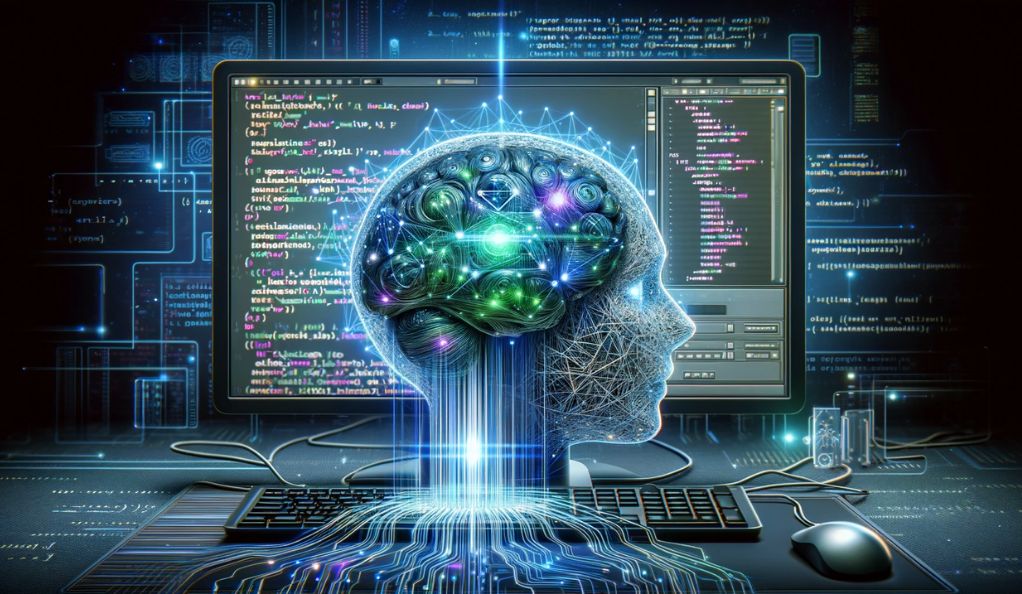
The field of software development has been a fertile ground for AI innovations, especially in the domain of code analysis. As the complexity of software systems increases, the need for more sophisticated tools to ensure code quality becomes paramount. AI’s role in software development has transitionally evolved from simple syntax checking to intricate pattern recognition, enabling it to detect not just errors but also inefficiencies and bad practices.
From Linting to Learning
Linting tools have been developers’ long-standing companions, flagging syntax errors and stylistic issues. However, AI takes this a step further by learning from the code itself. Instead of just applying static rules, AI systems use historical data to understand the context and intent behind the code, allowing for a more nuanced analysis. This advancement from linting to learning represents a significant leap in the capabilities of automated code review tools.
Training AI for Pattern Recognition
The training of AI models for code analysis involves feeding them large datasets of code, both exemplary and flawed, allowing them to recognize what good and bad patterns look like. These models are often trained on open-source projects or large codebases provided by industry partners, covering a wide range of programming languages and styles.
Machine Learning Approaches to Detect Anti-Patterns
Machine Learning (ML) has proven to be particularly effective in identifying anti-patterns. Techniques like ensemble methods aggregate various approaches to detection, creating a more robust system that can learn from different perspectives and methodologies. By using a combination of classification algorithms, these systems can identify complex anti-patterns with a high degree of precision.
AI and ML Techniques for Anti-Pattern Detection
| Technique | Description | Advantage |
|---|---|---|
| Ensemble Methods | Combines multiple ML models to improve prediction accuracy | Reduces bias and variance in predictions |
| Classification | Uses labeled data to train models to identify anti-patterns | Enables precise pattern recognition |
| Deep Learning | Employs neural networks to learn from code structure and logic | Can detect nuanced and complex patterns |
AI in Action: Real-World Applications
The practical applications of AI in code analysis are numerous. For instance, machine learning classifiers have been used to detect anti-patterns with a high success rate, outperforming traditional methods. They analyze not just the code’s current state but its evolution, understanding how certain patterns develop over time and providing insights into the long-term effects of anti-patterns on software quality.
By integrating AI into their development workflows, companies can preemptively address potential issues, significantly reducing the time and resources spent on debugging and maintenance. AI-driven tools can also assist in code reviews by highlighting areas that require attention, thus aiding developers in maintaining coding standards and best practices.
Deep Learning: A Deeper Dive into Code Metrics
Deep learning, a subset of machine learning, has made significant strides in the field of code analysis. It goes beyond the surface-level metrics, diving deep into the historical data of code to unearth patterns that are not immediately obvious.
Beyond Structural Metrics
Traditional approaches to anti-pattern detection often rely on structural metrics, such as lines of code or cyclomatic complexity. However, these can be inadequate for understanding the nuances of code quality. Deep learning models, on the other hand, can analyze the code’s architecture, logic flow, and even the changes over time. This allows for a more comprehensive assessment of code health.
Learning from History
Deep learning algorithms excel in their ability to learn from the history of the codebase. By examining the evolution of code, they can identify the emergence of anti-patterns and predict their future impact. This historical analysis is crucial because it provides context that static analysis tools lack. It understands that code is not just written but evolves, and with each iteration, the risk of introducing anti-patterns increases.
Case Studies: Deep Learning Successes
Several case studies have demonstrated the success of deep learning in detecting anti-patterns. For example, tools that use deep learning have been able to predict the likelihood of specific components failing due to entrenched anti-patterns. This predictive capability is invaluable for prioritizing refactoring efforts and resource allocation in large codebases.
Anti-Patterns and Code Smells: Understanding the Nuances
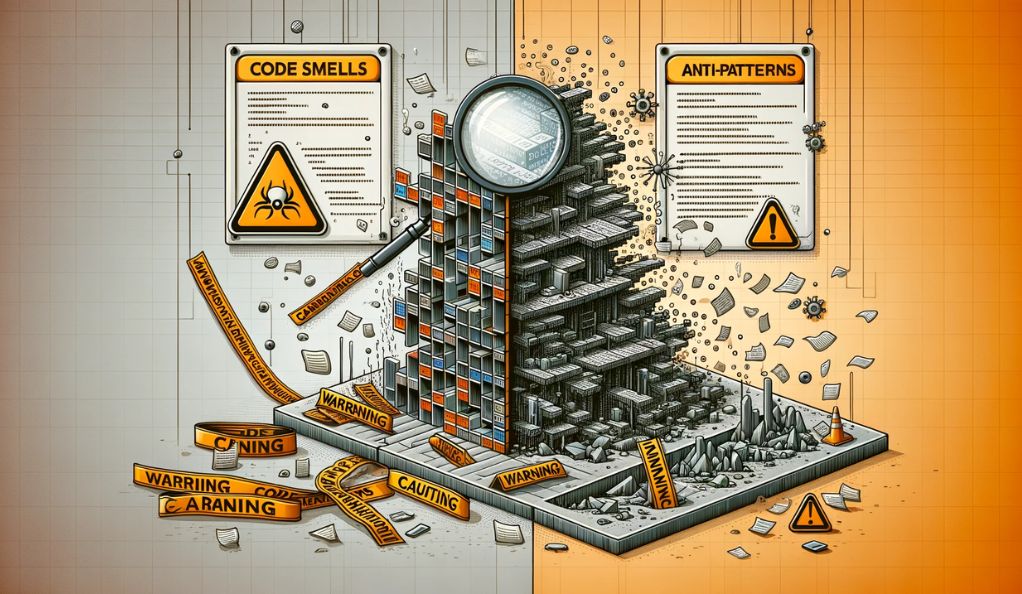
While both anti-patterns and code smells may indicate issues in code quality, they are not the same. Code smells are surface indicators that something may be wrong, like a method that is too long or a class with too many instance variables. Anti-patterns are more about the underlying design and architecture that lead to these smells.
Differentiating Between the Two
The distinction lies in the scope and the impact. Code smells are often localized and can be relatively easy to address. Anti-patterns, however, are indicative of systemic issues that can require significant design overhauls. For instance, a God Class anti-pattern signifies a deep-seated design flaw that a simple refactor of a method cannot resolve.
Code Smells vs. Anti-Patterns
| Code Smell | Description | Anti-Pattern | Description |
|---|---|---|---|
| Long Method | A method that is too long | God Class | A class with excessive responsibilities |
| Large Class | A class that does too much | Spaghetti Code | Complex and tangled logic |
| Primitive Obsession | Overuse of primitive data types | Feature Envy | Excessive dependency between classes |
Challenges in AI-based Anti-Pattern Detection
Despite the advances in AI, detecting anti-patterns is not without challenges. The main issue lies in the subtlety of anti-patterns and the context in which they appear. What may be considered an anti-pattern in one context may be acceptable in another. This necessitates a nuanced approach to AI model training that can adapt to different coding paradigms and architectures.
Addressing the Limitations
To overcome these challenges, it is essential to have high-quality, diverse datasets for training AI models. These datasets must include a variety of codebases, programming languages, and architectures to ensure that the AI can learn to detect anti-patterns across different contexts. Additionally, continuous learning mechanisms need to be in place so that AI models can evolve with the ever-changing landscape of software development.
Open Issues and Potential Solutions
The field of AI-based anti-pattern detection is still ripe with open issues, such as the need for better interpretability of AI decisions and the integration of AI tools into existing development pipelines. Potential solutions include the development of hybrid models that combine AI with expert human insights and the creation of more interactive AI systems that can provide explanations and justifications for their recommendations.
As we progress further into the age of AI-assisted software development, the collaboration between human expertise and artificial intelligence becomes increasingly significant. By harnessing the strengths of both, the software development community stands to gain immensely in its quest to maintain high standards of code quality and design excellence. The next sections will continue to explore the tools and technologies that are at the forefront of this exciting intersection between AI and software development.
Tools and Technologies in the Market

The proliferation of AI in detecting anti-patterns has given rise to a variety of tools and technologies, each aiming to streamline the process of maintaining code quality. These tools serve as the bridge between the theoretical frameworks of AI and the practical realities of software development.
AI-Powered Static Code Analyzers
Static code analyzers are the first line of defense against anti-patterns. Enhanced with AI, these tools have grown smarter, capable of not just flagging potential issues but also suggesting fixes and improvements. They can scan through the entire codebase, identifying patterns that deviate from best practices and suggesting actionable insights for developers.
Integrated Development Environments (IDEs) with AI
Modern IDEs are increasingly incorporating AI-based features that assist developers in real-time. They provide intelligent code completion, detect anti-patterns as they are introduced, and even refactor code on the fly. This immediate feedback loop is invaluable for developers, helping to prevent anti-patterns from taking root in the codebase.
Popular AI-Based Code Analysis Tools
| Tool Name | Features | Advantages |
|---|---|---|
| CodeGuru (by Amazon) | Automates code reviews, identifies critical issues | Integrates with existing workflows |
| DeepCode | Uses machine learning to analyze code beyond surface level | Offers real-time suggestions |
| Sourcery | Refactors code to be more readable and efficient | Saves time on code reviews |
The Role of Data in Training AI Tools
The accuracy and effectiveness of these tools are heavily dependent on the data they are trained on. The best AI tools are those that have access to diverse and extensive code repositories, allowing them to learn from a wide range of coding styles and practices. Developers and companies contribute to this by sharing anonymized code metrics and patterns, thus enriching the training sets.
Future Trends: What’s Next for AI in Code Quality Assurance?
As AI continues to advance, the future of code quality assurance looks promising. We can expect AI tools to become more integrated into the software development lifecycle, providing not just detection capabilities but also predictive insights. These tools might soon be able to anticipate anti-patterns before they are even introduced, recommending architectural changes and design patterns that optimize the code from the onset.
Conclusion: The Future of Coding with AI Assistance
AI’s integration into coding practices heralds a new era of software development. By identifying anti-patterns, suggesting improvements, and even predicting future issues, AI tools empower developers to create better, more reliable, and more maintainable software.
However, AI is not a silver bullet. It is a powerful assistant that complements the expertise of human developers. As AI methodologies advance, they will continue to become more sophisticated, but the discerning judgment of experienced developers will always be vital.
The evolution of AI in coding is a journey towards a more efficient and error-free software development process. The partnership between human ingenuity and AI’s analytical prowess is setting a new standard in code quality, ensuring that the software systems of tomorrow are built on robust, clean, and efficient code. As we embrace this future, it becomes increasingly clear that AI is not just a tool but a catalyst for innovation and excellence in the realm of software development.

